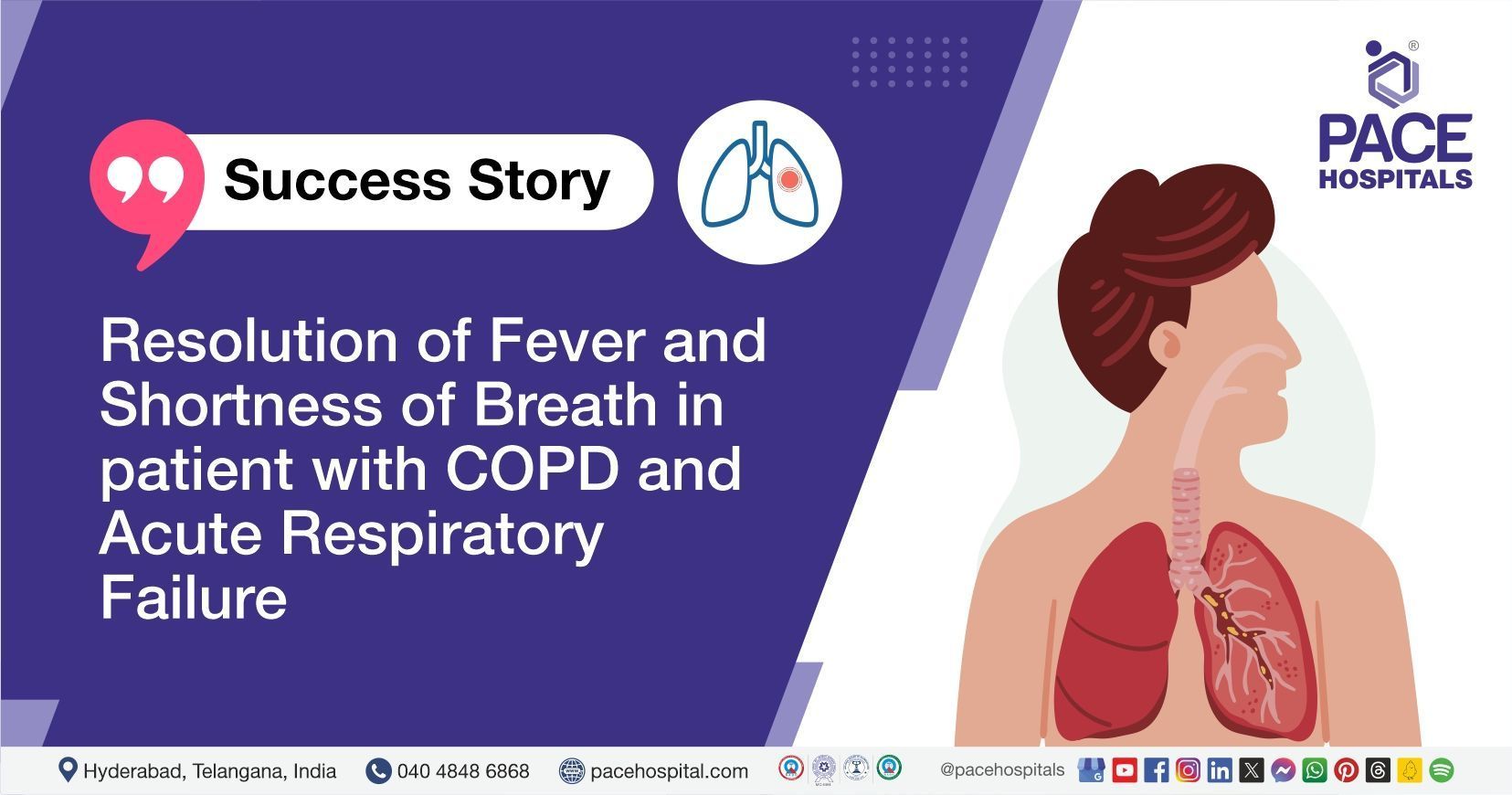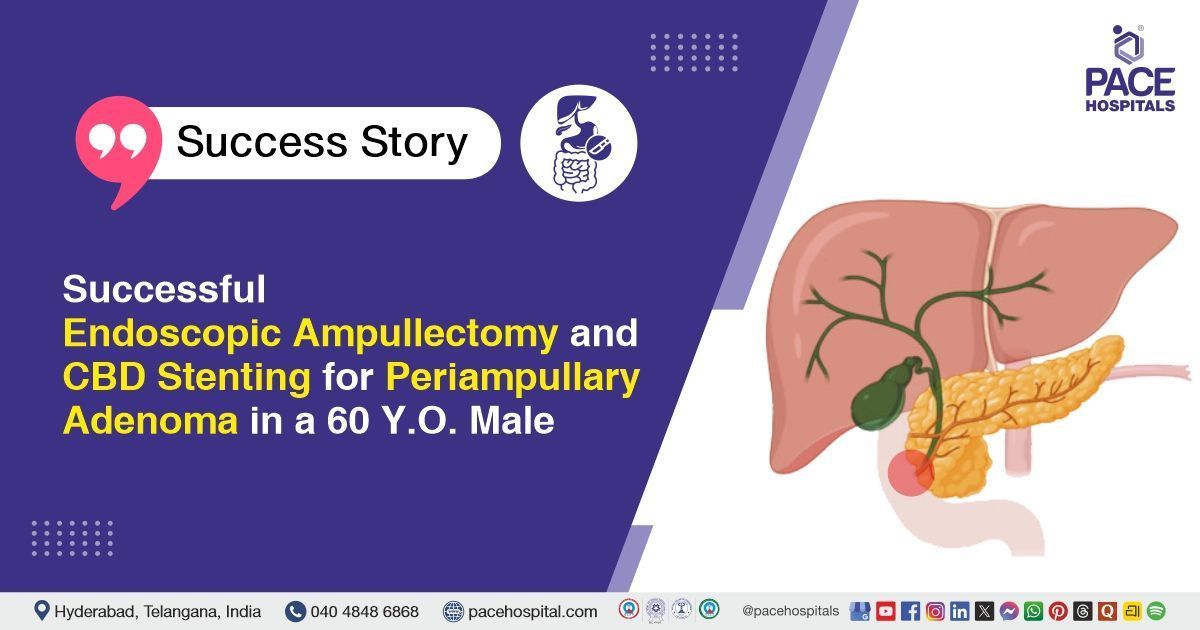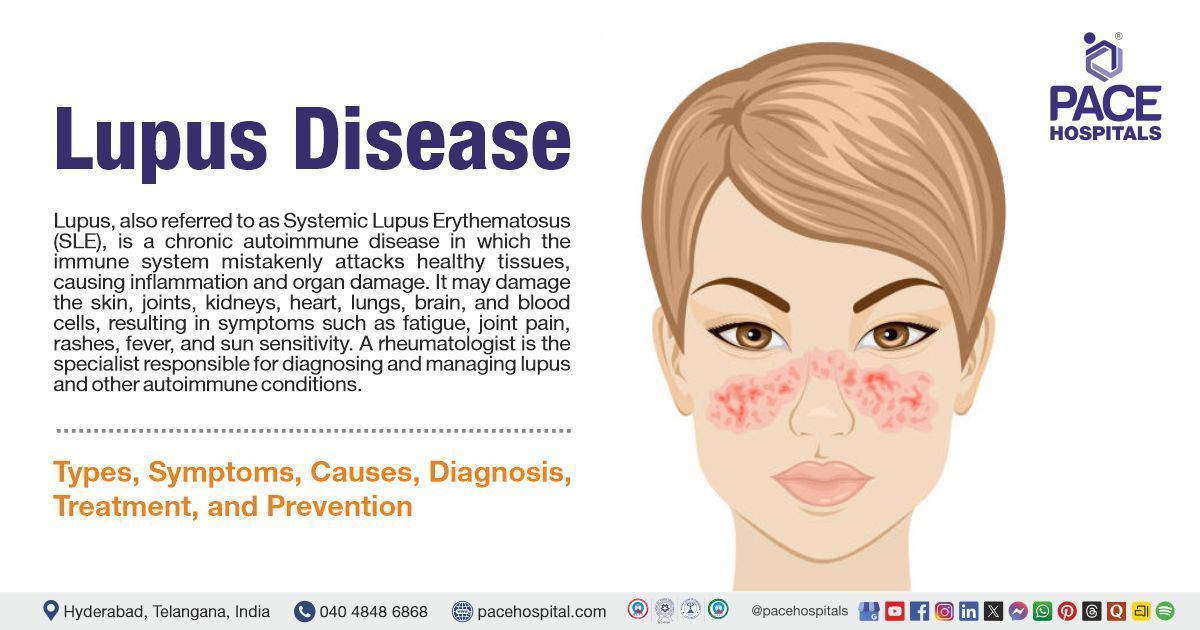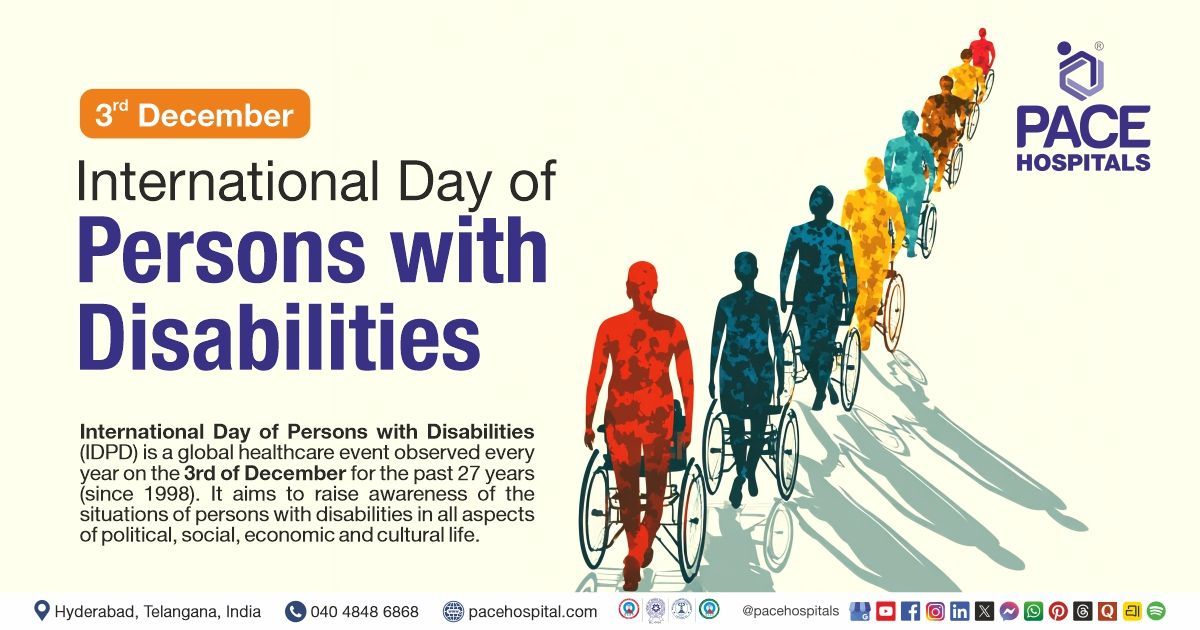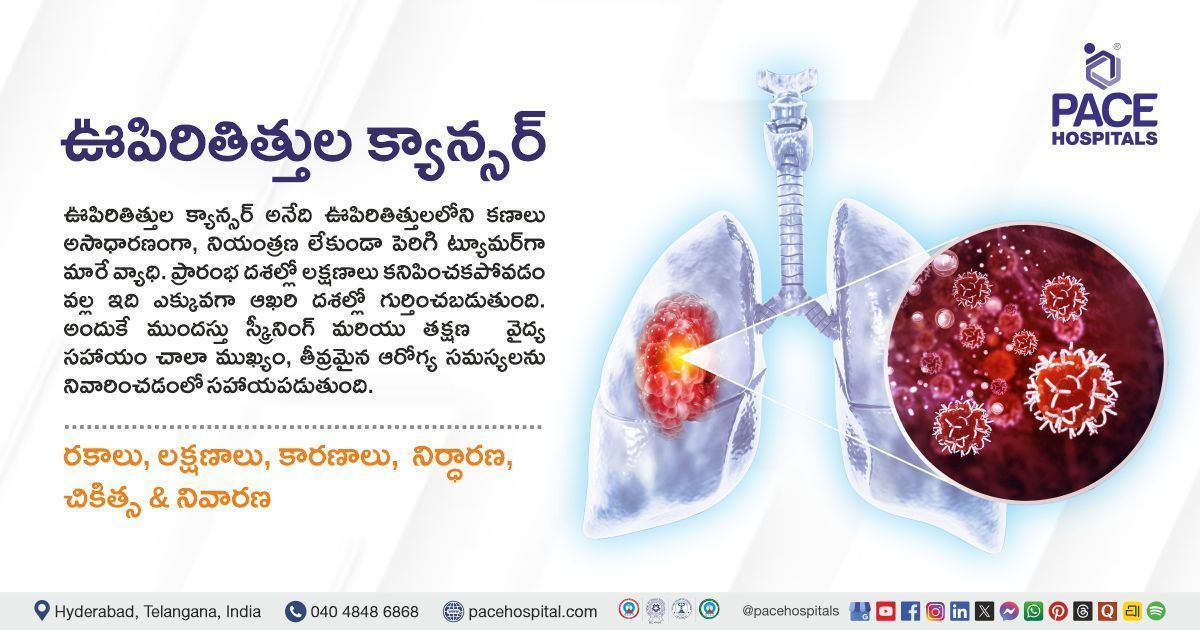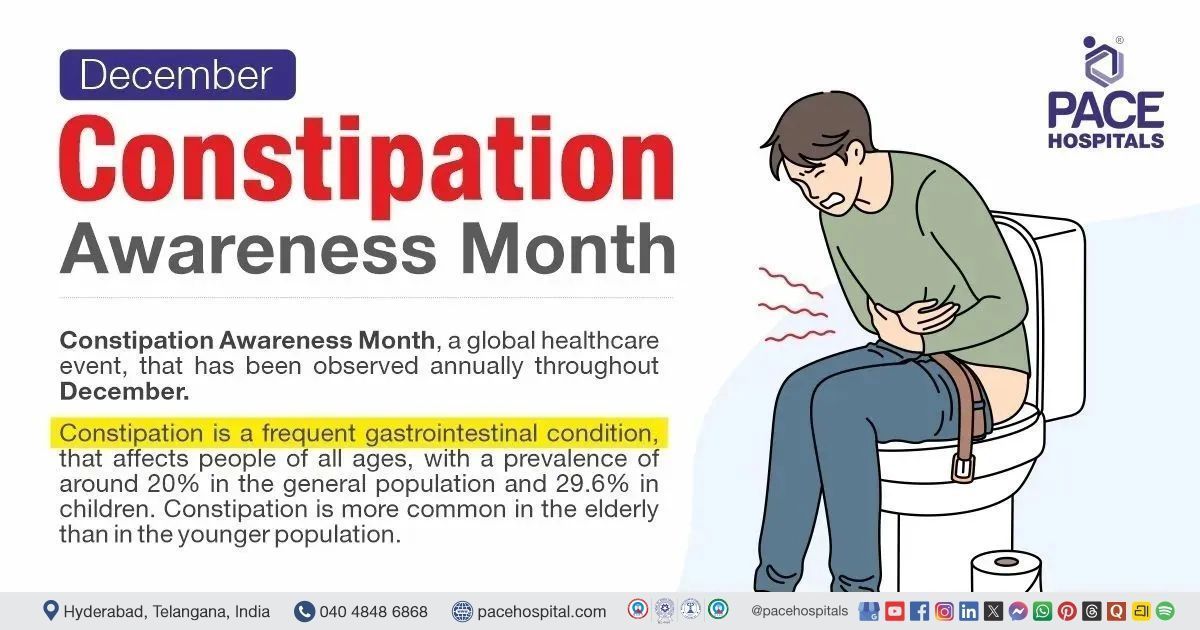Resolution of Fever and Shortness of Breath in patient with COPD and Acute Respiratory Failure
PACE Hospitals
PACE Hospitals' Pulmonology team successfully treated a 71-year-old male with Chronic Obstructive Pulmonary Disease (COPD) with acute lower respiratory infection.
A 71-year-old male patient with complaints of high-grade fever, shortness of breath (SOB) on exertion, and cough for 6 days was presented to the consultant interventional pulmonologist, Dr Pradeep Kiran, at PACE Hospitals, Hitech City, Hyderabad.
Medical History
Delving deeper, it was understood that the patient had a history of recurrent episodes of breathlessness on and off for the last 5 years and did not take any treatment. He also had a history of recurrent rashes over skin with hyperpigmentation for a long time. The patient suffered shortness of breath initially it was MmRC (Modified Medical Research Council) grade 2-3, which progressed to MmRC grade 4 associated with wheezing, and it increased on lying down. He also suffered from occasional cough, initially dry and later associated with yellowish-thick expectoration. He smoked for almost 30 years and quit smoking 5 years ago. He had COVID in 2022 and took home treatment. He received 2 doses of COVID vaccine.
Recently, the patient was suffering from high-grade fever, shortness of breath (SOB) on exertion, and cough for 6 days. The patient was apparently well until 6 days back. He went to a social gathering and the morning after which he started to develop the symptoms of high-grade fever associated with chills and rigors, burning micturition, pain in abdomen, and nausea with diffuse body pains, which led to his admission to PACE Hospitals for additional care and management.
Diagnosis
Upon being admitted to PACE Hospitals and understanding the history and physical examination, the patient was subjected to computed tomography (CT) of the chest, complete blood picture (CBP), blood and urine cultures, and liver function test (LFT), renal function test (RFT). hemoglobin A1C (HbA1C), erythrocyte sedimentation rate (ESR), C-reactive protein (CRP), nerve conduction study, antinuclear antibody (ANA) profile, flu polymerase chain reaction (PCR). Evaluating the diagnostic investigations, the patient was diagnosed with:
- Right-sided pneumonia (Resolved).
- Acute exacerbation of COPD
- Acute respiratory failure
- Ataxia secondary to sensory and motor axonal neuropathy.
As diagnosed, the patient has pneumonia, a frequent acute respiratory infection, a major health concern that affects the alveoli and distal airways. The patient is also suffering from shortness of breath and cough due to a long-term illness called chronic obstructive pulmonary disease (COPD), which is marked by acute worsening of symptoms, including increasing dyspnoea (SOB), cough, sputum production, and sputum purulence. This acute worsening of symptoms is known as an acute exacerbation of COPD (AECOPD).
The patient was also diagnosed with another pulmonary condition called acute respiratory failure, which is the inability of the respiratory system to meet oxygenation, ventilation, or metabolic needs.
According to the nerve conduction study, the patient has sensory-motor neuropathy, which has led to ataxia, a loss of muscle control. People with ataxia lose control of their arms and legs, which may cause a lack of balance and coordination and difficulty walking.
Treatment
After consultations with the team of consultant interventional pulmonologist, Dr. Pradeep Kiran Panchadi along with a consultant anesthetist, Dr. G. Manasa, and neuro physicians, the patient was treated effectively.
Based on the CT chest report, it was found that there were a few subcentimetric nodules and patchy ground glass opacities noted randomly in the right lung (likely infective viral para septal emphysema) with multiple pulmonary bullae (air-filled spaces) in the bilateral (both) lung.
There were a few cicatricial (scarring) atelectasis in the anterior segments of bilateral upper lobes and right middle lobe. Mediastinal lymphadenopathy (swollen lymph nodes), few showing deposits of calcium.
During his hospital stay, the patient was treated with intravenous (IV) antibiotics, antivirals, IV steroids, nebulizations, oxygen support, and other supportive treatments.
Aftermath
The patient was symptomatically improved, which can be evidenced by the decrease in the fever shortness of breath (SOB), and cough in the patient. The oxygen saturation at the time of admission was 100% with 2 liters of oxygen, after treatment, the oxygen saturation was 96% at room air.
The necessary medicines, nebulizations, antihistamines, mucolytic agents, expectorants, antiplatelets, proton pump inhibitors, laxatives, multivitamins, oxygen support & other supportive care were given along with the counseling. The patient was discharged upon achieving hemodynamic stabilization, with the necessary medications, and advised to take home oxygen support whenever breathlessness is seen, to monitor oxygen saturation (spO2) and heart rate regularly, to maintain good hydration, and to take a high protein diet and to avoid flour mill exposure. The patient was also advised to continue incentive spirometry and breathing exercises as suggested.
The patient was instructed to contact PACE Hospitals at once in case of high-grade fever, or breathlessness. After 5 days, the patient was asked to get a review by Dr. Pradeep Kiran Panchadi - Interventional pulmonologist.
Chest CT's Role in COPD Assessment
Chest computed tomography (CT) is a non-invasive imaging method that provides more information on structural and pathophysiologic lung parameters, resulting in a better understanding of disease variability and more extensive characterization of COPD phenotypes. Many COPD patients and those at risk undergo a chest CT in the outpatient setting for lung cancer screening, evaluation of pulmonary nodules identified on chest X-ray, assessment of concurrent interstitial lung disease, or planning for surgical procedures such as lung transplantation and lung volume reduction surgery (LVRS). Chest CT scans are routinely needed in the acute setting in patients with COPD to rule out pulmonary embolism, cardiovascular illness, or infection.
Share on
Request an appointment
Fill in the appointment form or call us instantly to book a confirmed appointment with our super specialist at 04048486868

